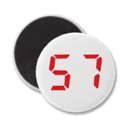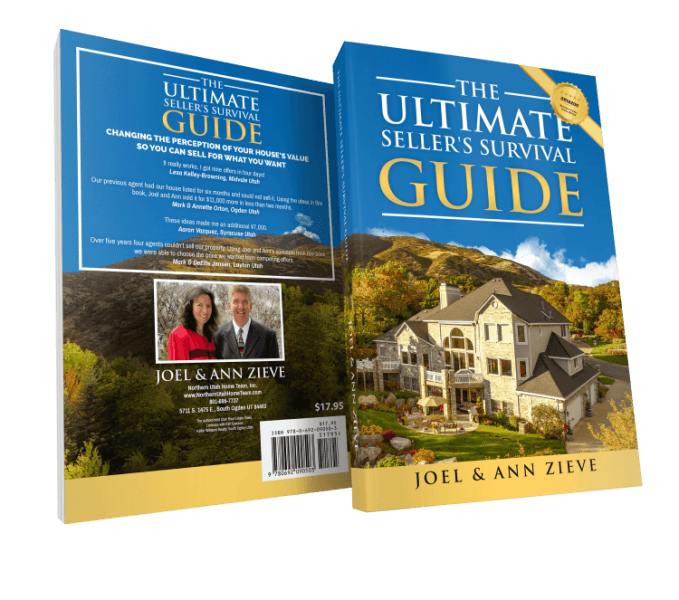
Your house sold in 59 days or we’ll eat our commission*
We sell Northern Utah real estate in about ½ the time and for about 4% more money than the average agent.

If you’re ready for a REALTOR® with an aggressive marketing plan to sell your property, you’ve found the right team.
Our 57 point marketing plan is designed to get your house sold for the most money, the fastest, and with the least hassle.

Don’t want to make a long-term commitment? We understand. That’s why we offer an Easy Exit Listing Agreement to make it risk free to you. You can fire us at any time, for any reason.

Know what we hear the most? “Other REALTORs® never talked to me or told me what was going on”. That’s why we offer our Communications Guarantee. If we don’t update you at least once a week, you can fire us on the spot.
Bottom Line: Since we’ve personally owned over 170 homes since 2002, we know how to sell them quickly and at the highest possible price.
See what others are saying about us and what’s in it for you (Testimonials & Endorsements).


